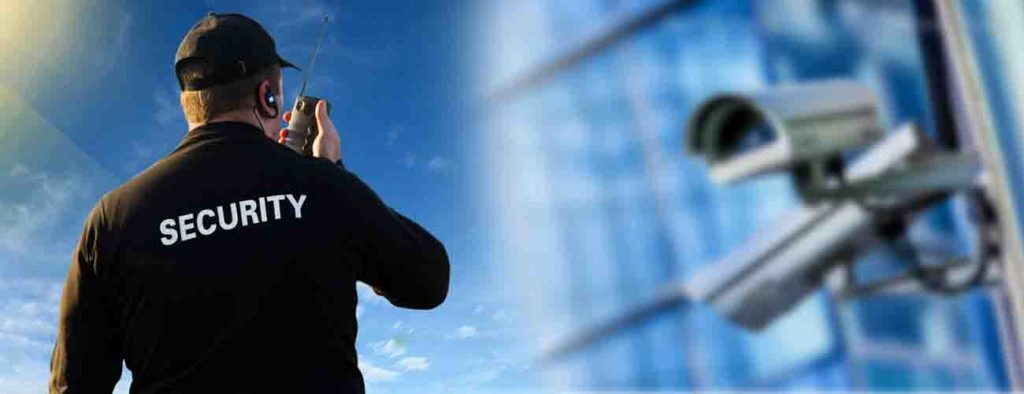Managing risk factors associated with physical security, including theft, vandalism, and employee safety
Physical security is important for any business. With a focus on employee safety, safety of assets, and reducing the risk of theft or vandalism, businesses are facing more challenges than ever before.
This report provides an overview of the risk factors and how they can be managed to reduce the risk associated with physical security.
What is physical security What are the factors to consider in determining the physical security needs of a facility?
Security experts agree that the three most important components of a physical security plan are access control, surveillance, and security testing, which work together to make your space more secure. Access control may start at the outer edge of your security perimeter, which you should establish early in this process.
What are the physical security risks?
The physical security risks of your company or institution are important to consider. These include, but are not limited to, theft of valuable goods and equipment, vandalism, and break-ins. Security should be consistent across the board in order to maintain a more secure facility.
Top 5 Example of Physical Security Risks
-
Threat 1: Tailgating
-
Threat 2: Theft of documents
-
Threat 3: Unaccounted visitors
-
Threat 4: Stolen identification
-
.Threat 5: Social engineers
Physical security’s main objective is to protect the assets and facilities of the organization. So the foremost responsibility of physical security is to safeguard employees since they are an important asset to the company. Their safety is the first priority followed by securing the facilities.
The importance of physical security in the workplace
Physical Security is a concern for any organization
What are the Risks of Physical Security in Business?
The physical security risks in business can be both internal and external. The most important factor is the company’s culture and the level of risk that it is willing to take.
Physical security risks in business can be both internal and external. For example, if a company has a culture of not taking physical security seriously, then an employee could steal sensitive information from the office or plant malware on a computer without anyone noticing. On the other hand, if a company has an information-sharing culture where employees share everything with one another, then that same employee could leave confidential documents on their desk for someone else to find.
The most important factor is the company’s culture and the level of risk that it is willing to take.

What are the Key Challenges in Managing Risk Factors Associated with Physical Security?
Risk factors associated with physical security can be managed through various tools. However, the key challenges that organizations face when trying to manage risk factors associated with physical security are lack of resources and lack of knowledge.
The key challenges in managing risk factors associated with physical security are lack of resources and lack of knowledge. These are two major obstacles that organizations face when trying to manage risk factors associated with physical security. The first challenge is the resource issue because there is a limited number of people who have the necessary skillsets for this job. The second challenge is the knowledge issue because it is hard to get accurate information about risks and threats related to physical security from a single source or from one location only.
How to Manage Risk Factors Associated with Physical Security?
Physical security can be a major concern for any company, and it is important to manage the risk factors associated with it.
The first step in managing risk factors associated with physical security is to create a plan for physical security. This plan should contain the following:
– A description of the company’s current physical security strategy
– A detailed description of how this strategy will be implemented
– A list of all risks and how they will be mitigated
– An explanation of how these risks will be monitored
– The time frame when these risks will be monitored
– The resources that are required to implement this strategy
What is physical security control?
Physical control is the implementation of security measures in a defined structure used to deter or prevent unauthorized access to sensitive material. Examples of physical controls are: Closed-circuit surveillance cameras. Motion or thermal alarm systems. Security guards.
Get In touch
Leave us a message
